Product Lifting
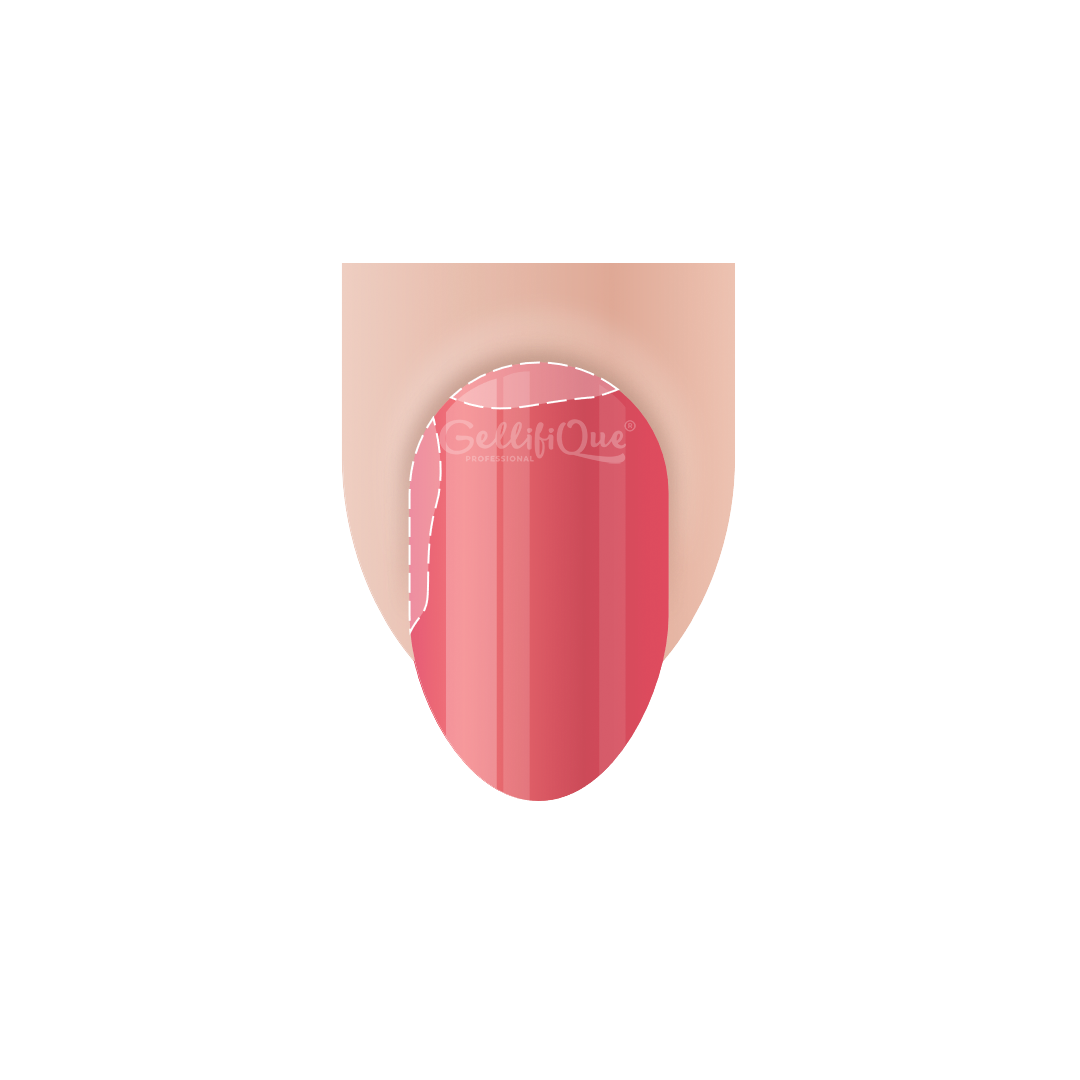
If you've already perfected your cuticle prep using our new Staleks and Gellifique cuticle tools but still face product lifting—don't worry! Product lifting usually happens due to poor adhesion between the natural nail plate and the artificial gel coating. However, the causes for poor adhesion can vary depending on the area of the nail where the lifting occurs. By understanding these patterns, you can troubleshoot more effectively.
Let’s break it down based on the area of lifting.
Cuticle Area and Laterals
When lifting occurs near the cuticle or sidewalls, it’s typically a result of surface contaminants or improper nail plate preparation. Here are common causes:
- Incorrect dehydration of the nail plate: It's essential to use a professional-grade Isopropyl Alcohol (IP) solution with the right water-alcohol ratio. A 100% IP solution doesn’t dehydrate the nail plate as effectively, leading to poor adhesion.
- Leftover dead cuticle: Even a small amount of dead cuticle on the nail plate can prevent the gel from bonding properly, leading to lifting.
- Use of cuticle oil or hand cream: Clients who apply cuticle oil or hand cream before the manicure introduce a barrier that interferes with adhesion. Be sure to cleanse and dehydrate the nail properly.
- Hyperhidrosis (excessive sweating): Clients with hyperhidrosis may have overly moist nails, which prevent proper bonding. In these cases, using both an acid-free primer and a strong dehydrator can help improve adhesion.
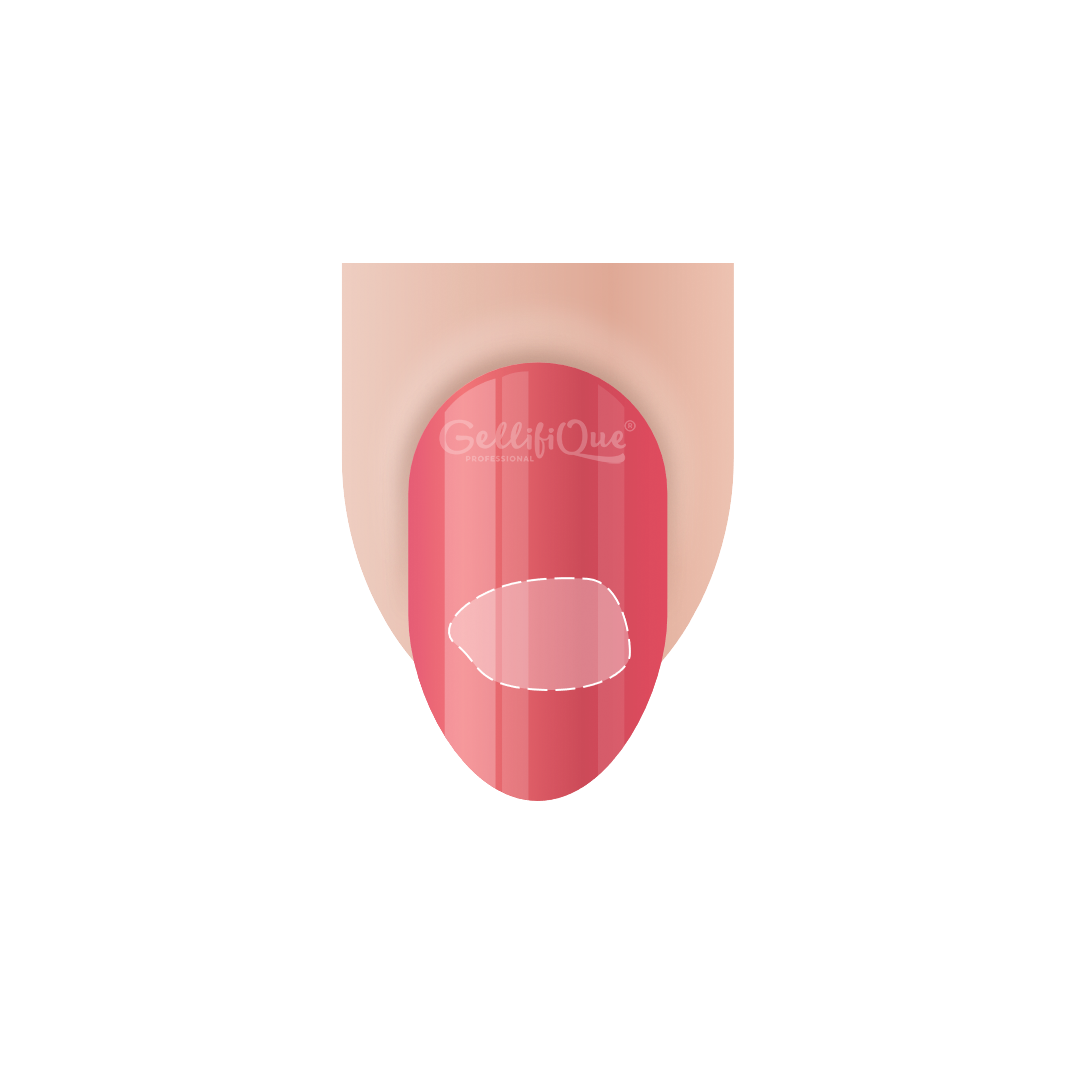
Stress Zone
Lifting in the stress zone, where the nail’s apex is placed, is often due to structural issues (nails pointing downwards or upwards) which should be corrected or unpolymerised product. This area bears the most pressure, so proper application and curing are crucial. Causes of lifting in this zone include:
- Unpolymerized product: The stress zone contains the most product due to the apex. If the product in this area isn’t fully cured, it can cause lifting. If multiple clients experience this issue, it may be time to replace your LED lamp.
- Primer not fully evaporated: If the primer hasn’t completely evaporated before the base coat is applied, it can cause the base coat to lift. Overuse of primer can also lead to poor adhesion.
- Incorrect artificial material for the nail type: Not all gels work for every nail type. Make sure to choose a product that suits your client's specific needs. You can learn more about selecting the right gel in our blog post.
- Incorrect base coat selection: For short nails, use Microcrystal Base. For medium to long nails, Rubber Base Medium is the ideal choice under any sculpting product. It's important to "scrub" the base coat into the nail first, followed by a second (not curing in between), even layer for a strong bond.
- Micro-lifting from previous gel layers: If this is an infill, any micro-lifting in the old product can prevent the new layer from adhering well. Removing all loose layers before reapplying product is key.
- Incorrect apex or free edge thickness: If the apex is misplaced or the free edge is too thick, it adds pressure to the stress zone, leading to micro-fissures and eventually lifting. Proper placement and even thickness are essential for structural integrity.
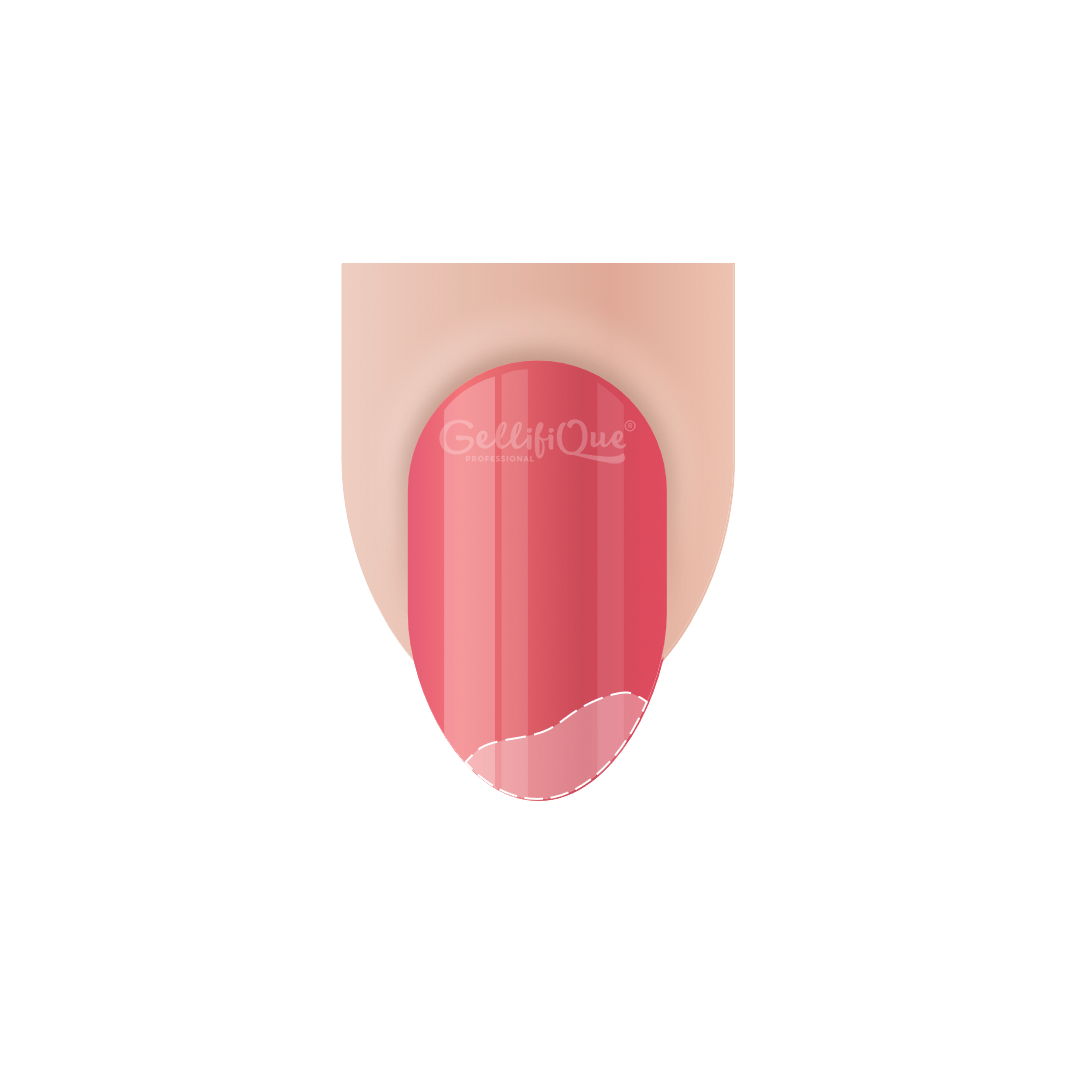
Free Edge
Lifting at the free edge is often mechanical in nature, meaning it happens due to physical forces or pressure applied to the nails. Here's how it occurs:
- Thin product application: If the strengthening product or base coat is applied too thinly or the nail prep in this area was not done properly, the free edge will lack support and can chip or peel away upon impact from the top of the nail plate. Meanwhile exposure to water and moisture causes the nails to move under the gel enhacement causing the corners to "pull away" over time and peel away from the gel coating from under. To prevent this, apply an adequate amount of product and ensure there is a slight removal (about 1mm) of the natural nail underneath the enhancement. This avoids peeling and creates a stronger bond.
- Incorrect filing technique: Using a low-grit file such as 150 or less to shape the free edge can cause the nail plate to split, leading to lifting. Always use a 180 or 240 grit file for natural nails to shape the free edge without causing damage.
Good Nail Prep Essentials
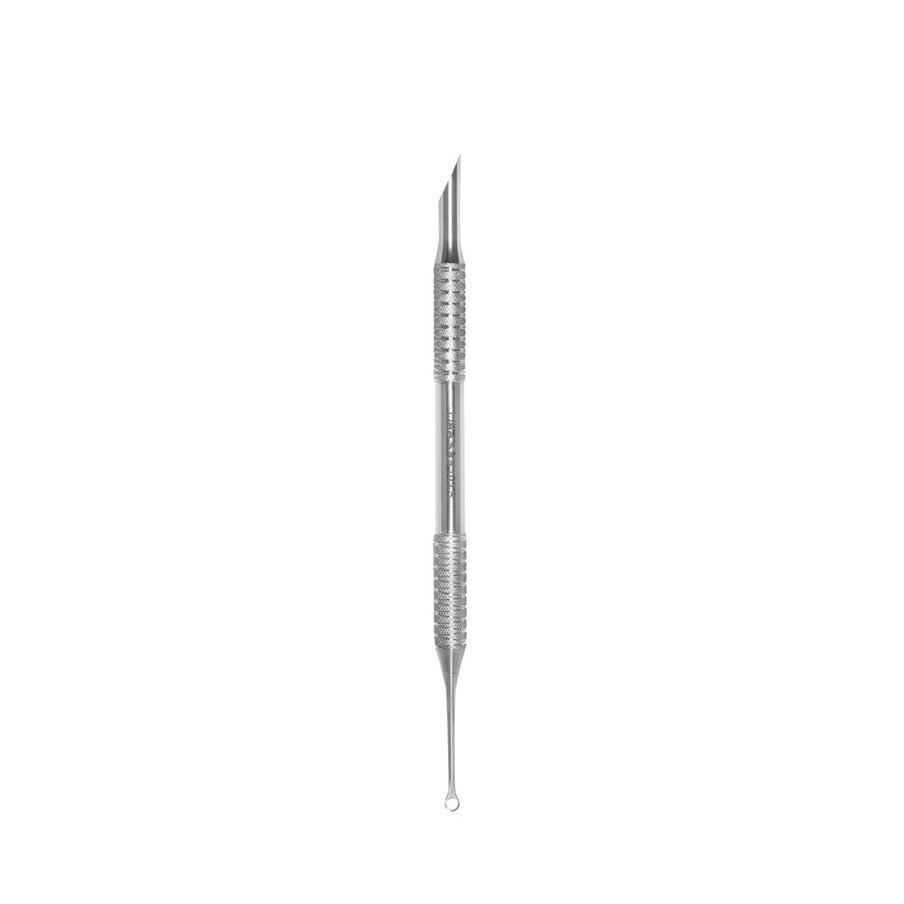
GELLIFIQUE SLANTED CUTICLE PUSHER - £7.99An innovative double-sided cuticle pusher, featuring a patented design for professional nail care. One side boasts a slanted cuticle pusher shaped like a wooden orange stick, ideal for gently lifting and pushing back rough cuticles. On the other side, a ring is designed to delicately remove keratinized residue around the cuticle area without causing trauma or scratching the nail surface. Experience gentle and effective cuticle care with this unique tool. BUY NOW |

PREP AND PRIME SYSTEM - £17.98Gellifique® Prep and Prime System duo helps to reduces product lifting even on problematic nails. BUY NOW |
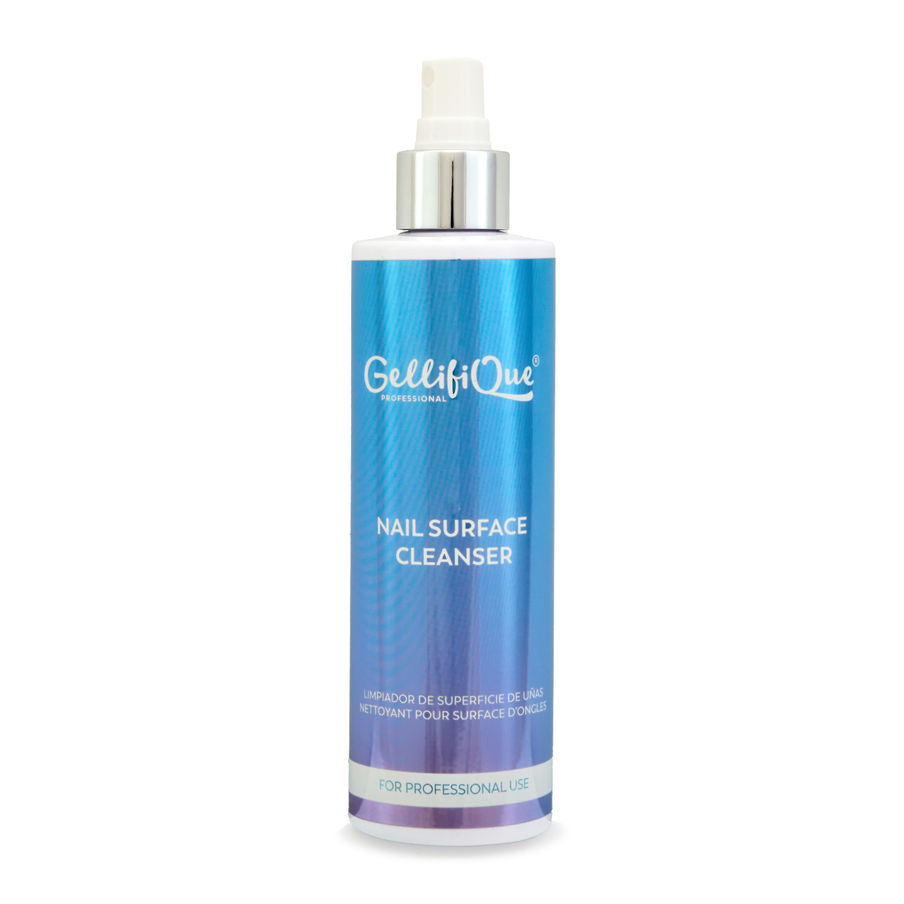
2 in 1 CLEANSER 250 ML - £9.99A cleansing liquid with the right active ingredient ration specially designed to remove the tack/inhibition layer from UV/LED gel after polymerisation. It can also be used to cleanse the natural nails as part of nail prep. Does not contain moisturising additives, which could affect gel polish longevity. BUY NOW |

HALF MOON ECO NAIL FILE 100/180 (6 pack) - £6.10Introducing our innovative, slim, half-moon manicure nail file, a quintessential tool designed meticulously for the modern nail technician. Whether you're refining artificial nails, removing old product, or preparing natural nails, this file is tailored to serve every need with precision. Its dual-grit design offers versatility, allowing professionals to transition between tasks seamlessly. And, as the beauty industry evolves, our commitment to eco-friendly products deepens. This nail file, crafted with a flexible wooden core, embodies our promise of delivering quality while preserving the planet. BUY NOW |
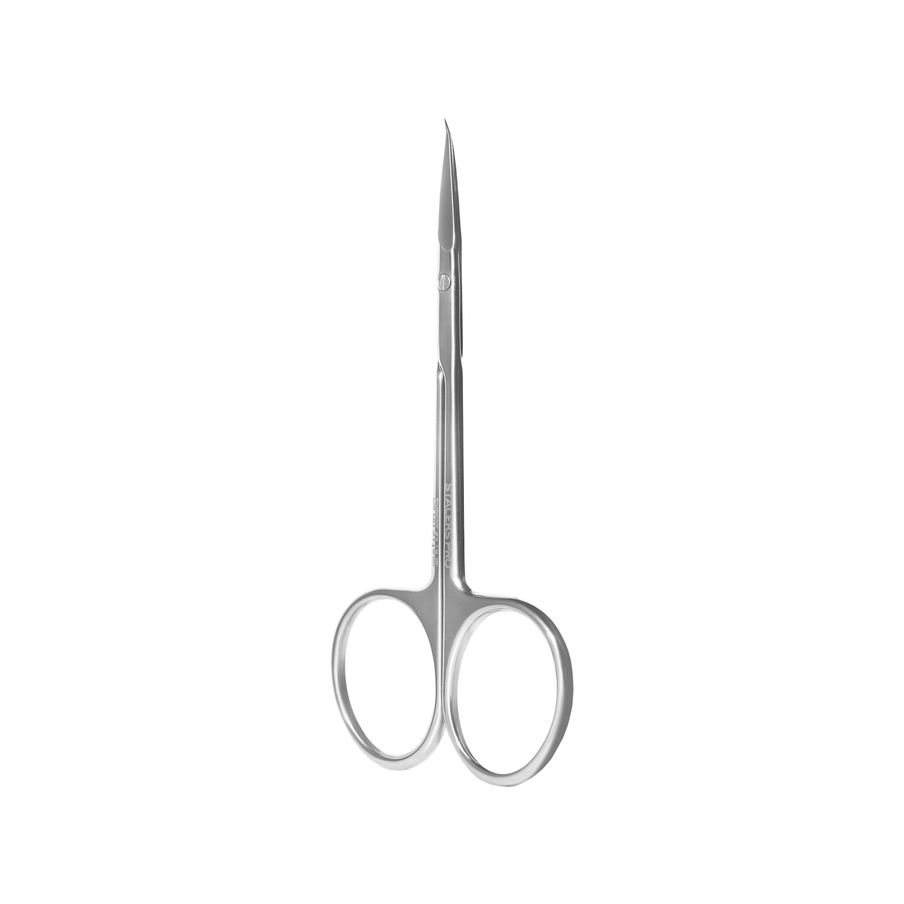
GELLIFIQUE HOOK CUTICLE SCISSORS - £13.99These innovative nail scissors feature Staleks patented technology. The unique hook-tip curve is designed to delicately follow the cuticle line without digging into the surrounding skin. With tapered thin blades and straight elongated handles, these scissors offer excellent visibility and reduced hand fatigue during prolonged use. Experience effortless precision and comfort with every manicure. BUY NOW |